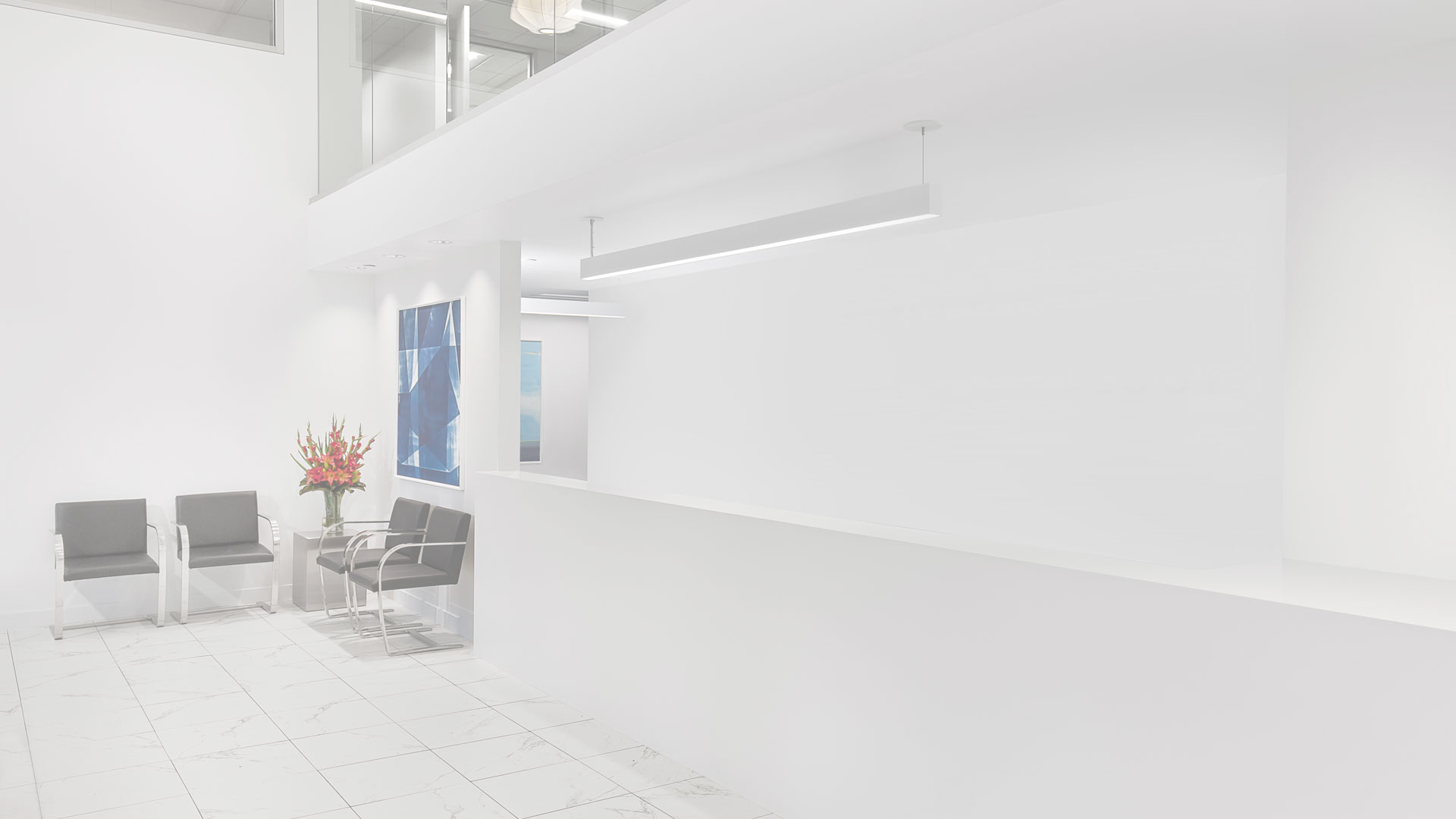Sclerotherapy is a medical procedure used to treat varicose veins and “spider veins.” Small blue, red or purple veins can form anywhere on the leg. Sclerotherapy is a procedure which involves the use of a very fine needle to inject a sclerosant solution directly into the veins. The solution irritates the lining of the vessel, causing it to swell and stick together. Over time, the vessel turns into scar tissue that fades from view.
Am I a candidate?
Sclerotherapy works well for most patients. It is estimated that as many as 50% to 80% of injected veins may be eliminated with each injection session. Sclerotherapy is recommended for all veins smaller than 4mm in diameter, but for those less than 1mm in diameter that persist following sclerotherapy, laser treatment may need to be considered. A few people do not respond at all. In these instances, different solutions or a different method, such as laser therapy, may be tried.
You are not eligible for this treatment if you are pregnant, breastfeeding, bedridden, or have a history of blood clots or a clotting disorder.
How does it work?
A solution of sclerosant is injected into the vessels with a very fine needle. The solution induces the wall of the blood vessels to close up (sclerose). The significance of this technique is that many of the blood vessels are connected to each other, and thus one injection may eradicate an entire interconnecting complex of vessels. A number of injections are usually placed in each complex of vessels to increase the success of treatment. After a few weeks the vessels disappear. Several treatments may be necessary to eliminate the vessels completely.
How will I feel afterward?
Most patients tolerate the treatment well and only report minimal discomfort when the veins are injected. There is little or no pain reported in the postoperative period.
Will my insurance cover sclerotherapy?
Insurance companies do not provide coverage for sclerotherapy for cosmetic reasons.
What are the potential side effects?
Hyperpigmentation – some increase in color around the blood vessels occurs in 20% of cases. This usually resolves within six weeks. Rarely, pigmentation may be long-lasting.
Crusting – at the injection site, occurs in 10% of cases. This heals uneventfully.
Swelling – is noted on occasion, particularly in those patients who have jobs that require prolonged standing. The swelling is never dangerous, but occasionally requires treatment with ace wraps and leg elevation.
Bruising – may occur around the injection site and can last several days or weeks.
Tenderness – and some noticeable clotting around the vessel may occur with larger veins. This may feel ropy and be warm to the touch, but resolves uneventfully.
Telangiectatic formation – a network of tiny pink vessels occurs in 5% of patients. These vessels will often resolve by themselves within six months, or may be re-injected for a speedier resolution.
Ulcer – an ulcer at the injection site develops in 1% of patients. This will usually heal with a flat scar.
Deep vein thrombosis – is a very rare complication. It is only a significant risk when injection of large vessels near their junction with deep vessels is being performed.
What do I need to do before the procedure?
- Do not take aspirin, ibuprofenor other anti-inflammatory medications for 48 hours before and after sclerotherapy because these medications may interfere with the action of the sclerosing agent or increase bleeding. Tylenol is permitted. However, do not stop aspirin if you have been instructed to take it by a physician.
- Do not shave the treatment area for 48 hours prior to treatment.
- Compression stockings are required and should be brought to the treatment to wear immediately after treatment. We recommend stockings with a pressure of 20 – 30 mm Hg.
What happens after the treatment?
- Compression stockings are to be worn 48 hours for the first 2 days post treatment, and after that during the day for 2 weeks.
- Stand or walk for 30 minutes immediately following the procedure.
- Do not fly in an airplane for 2 days after the procedure and wear compression stockings if flying within the first 2 weeks after treatment.
- Do not take hot baths or sit in a whirlpool or sauna for the first week. You may take showers, but the water should be cooler than usual.
- Avoid strenuous activity for 1 week after procedure.
- Avoid standing still for long periods for the first two weeks.
- Vessels will look worse for 2 weeks and gradually fade over the next 2 months.
- Avoid aspirin, ibuprofen and other anti-inflammatory medications for the first 2 days after the procedure. Tylenol may be used if needed for pain relief.
- Wash the injection sites with a mild soap and lukewarm water while healing.
- Do not apply hot compresses or any form of heat to the injected areas.
- Avoid direct exposure to sunlight (including tanning beds) for at least 1 month after treatment.

